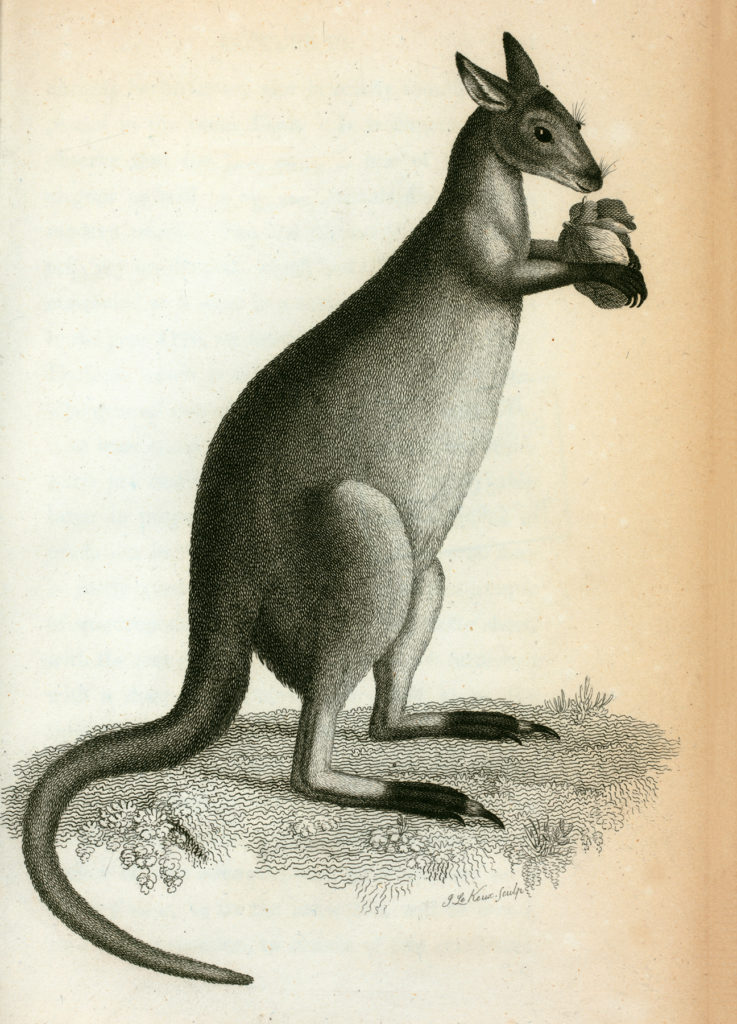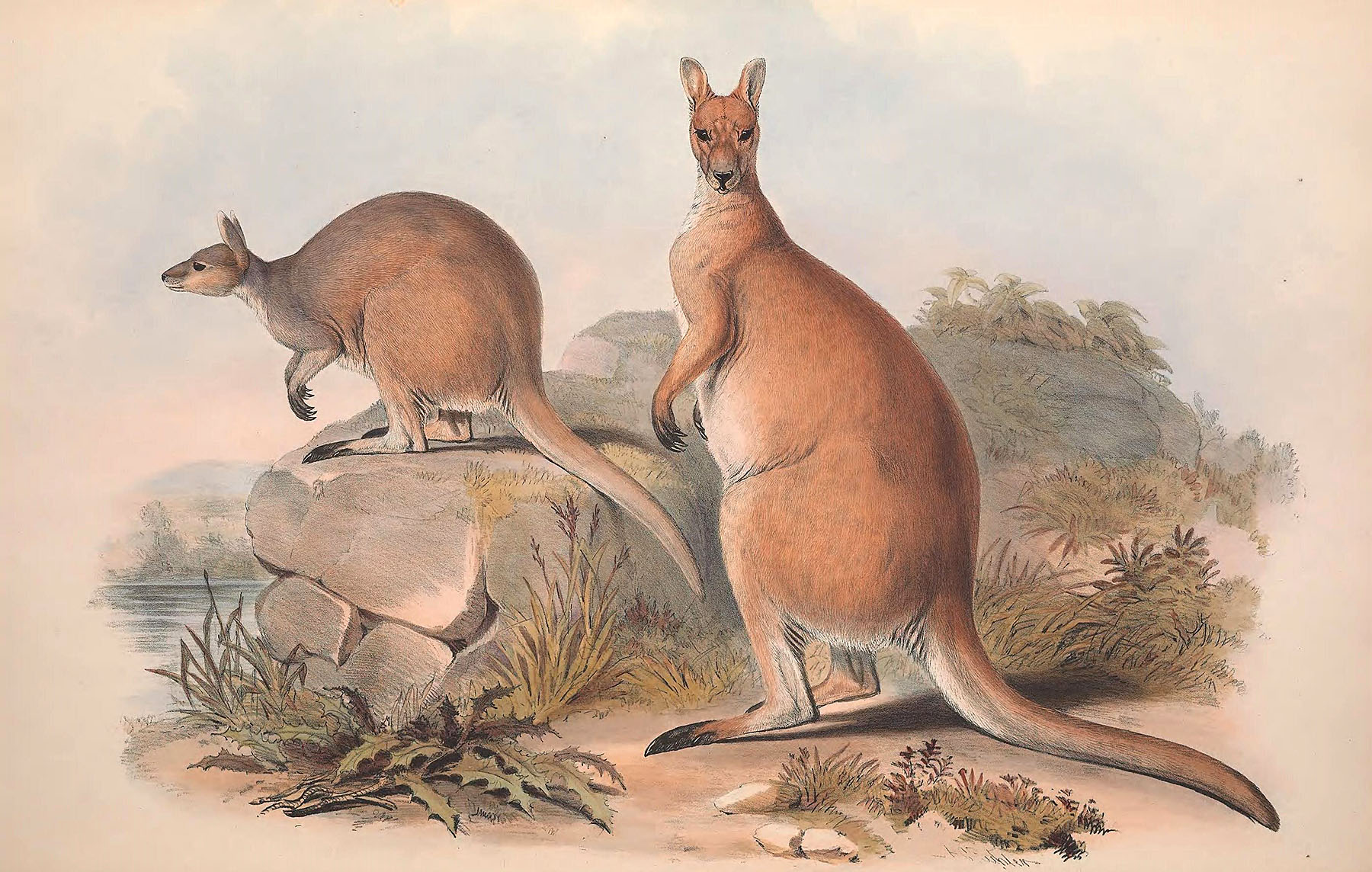Hopping Through History: Kangaroos in Drawings and Paintings
Hopping Through History: Kangaroos in Drawings and Paintings

The kangaroo, a symbol of Australia, has captivated artists for centuries. From early European encounters to contemporary interpretations, the marsupial’s unique anatomy and iconic silhouette have inspired countless drawings and paintings. This exploration delves into the history of kangaroos in art, examining their portrayal across different styles and mediums, and highlighting the evolving perspectives on these fascinating creatures.
Early Encounters and Colonial Representations:
Related Articles: Hopping Through History: Kangaroos in Drawings and Paintings
- The Iconic Aussie Icons: Unveiling The Uniquely Australian Trees
- Unveiling The Power And Meaning Of Indigenous Australian Male Names
- Do Totems Exist? Exploring The Nature Of Animal Spirits And Symbolic Connections
- Uncovering The Tapestry Of Sydney’s Indigenous Past: A Journey Through The Clans
- Embracing The Beauty Of The Bush: A Guide To Perth’s Native Plants
The first European encounters with kangaroos, beginning in the late 17th century, sparked a wave of curiosity and fascination. Early depictions, often based on traveler’s accounts and sketches, focused on capturing the animal’s physical characteristics. These early drawings, often crude and lacking detail, served as valuable scientific documentation, providing insights into the kangaroo’s anatomy and behavior for European audiences.
George Stubbs and the Birth of Artistic Realism:
The renowned British artist George Stubbs, known for his meticulous anatomical studies of animals, played a pivotal role in elevating the portrayal of kangaroos in art. In 1772, he produced a remarkable drawing titled "A Kangaroo," based on a specimen brought to England from Australia. This artwork, characterized by its anatomical accuracy and lifelike portrayal, established a new standard for artistic realism in depicting kangaroos.
Romantic Idealization and the Australian Landscape:
The 19th century witnessed a shift in artistic focus, moving beyond scientific documentation towards romanticized representations of kangaroos within the Australian landscape. Artists like Eugene von Guerard and Conrad Martens captured the beauty and grandeur of the Australian outback, often featuring kangaroos as integral elements of their compositions. These paintings celebrated the unique flora and fauna of the continent, portraying kangaroos as graceful and majestic creatures inhabiting their natural environment.
Indigenous Perspectives and Cultural Significance:
While European artists focused on the physical characteristics of kangaroos, Indigenous Australian artists have long incorporated the animal into their art forms, imbuing it with deep cultural significance. Aboriginal rock art, dating back thousands of years, features numerous depictions of kangaroos, often symbolizing ancestral spirits, creation myths, and the connection to the land. These intricate and symbolic representations offer a unique perspective on the relationship between humans and kangaroos within Indigenous Australian culture.
Modern Interpretations and Artistic Freedom:

In the 20th and 21st centuries, artists have embraced greater artistic freedom in their depictions of kangaroos. From abstract expressions to photorealistic portrayals, contemporary artists explore the animal’s symbolism, its role in Australian culture, and its unique place in the natural world. Modern art movements, such as Pop Art and Abstract Expressionism, have further diversified the artistic landscape, offering new interpretations of the kangaroo beyond traditional representations.
Kangaroos in Art: A Reflection of Society:
The portrayal of kangaroos in drawings and paintings provides a fascinating lens through which to examine societal attitudes and evolving perspectives. Early depictions reflected European curiosity and scientific interest, while later works embraced romanticism and celebrated the beauty of the Australian landscape. Indigenous art, meanwhile, offers a rich tapestry of cultural symbolism and ancestral connections.
The Enduring Appeal of the Kangaroo:
The kangaroo’s enduring appeal in art stems from its iconic silhouette, its unique physical characteristics, and its symbolic significance. The animal’s graceful movements, powerful physique, and endearing nature have inspired artists across generations, ensuring its continued presence in the artistic landscape.

Kangaroos in Art: A Legacy of Inspiration:
From the early scientific sketches to the contemporary abstract expressions, the portrayal of kangaroos in drawings and paintings has evolved alongside societal perspectives and artistic trends. The animal’s enduring presence in art speaks to its cultural significance, its unique place in the natural world, and its ability to inspire artists across different styles and mediums.
FAQ about Kangaroos in Drawings and Paintings
Q: What are some of the earliest known depictions of kangaroos?
A: The earliest known depictions of kangaroos date back to the late 17th century, often based on traveler’s sketches and accounts. These early drawings were typically crude and lacked detail but served as valuable scientific documentation.

Q: Who was George Stubbs, and how did he influence the portrayal of kangaroos in art?
A: George Stubbs was a renowned British artist known for his meticulous anatomical studies of animals. His 1772 drawing "A Kangaroo" established a new standard for artistic realism in depicting kangaroos, emphasizing anatomical accuracy and lifelike portrayal.
Q: How have Indigenous Australian artists portrayed kangaroos in their art?
A: Indigenous Australian artists have long incorporated kangaroos into their art forms, often imbuing them with deep cultural significance. Aboriginal rock art, dating back thousands of years, features numerous depictions of kangaroos, symbolizing ancestral spirits, creation myths, and the connection to the land.
Q: What are some modern interpretations of kangaroos in art?
A: Modern artists have embraced artistic freedom in their depictions of kangaroos, exploring the animal’s symbolism, its role in Australian culture, and its unique place in the natural world. Contemporary art movements have further diversified the artistic landscape, offering new interpretations beyond traditional representations.
Q: What makes the kangaroo such an enduring subject in art?
A: The kangaroo’s enduring appeal in art stems from its iconic silhouette, unique physical characteristics, and symbolic significance. The animal’s graceful movements, powerful physique, and endearing nature have inspired artists across generations.
Q: How does the portrayal of kangaroos in art reflect societal attitudes and perspectives?
A: The portrayal of kangaroos in drawings and paintings provides a fascinating lens through which to examine societal attitudes and evolving perspectives. Early depictions reflected European curiosity and scientific interest, while later works embraced romanticism and celebrated the beauty of the Australian landscape. Indigenous art offers a rich tapestry of cultural symbolism and ancestral connections.
Q: What is the future of kangaroos in art?
A: The kangaroo’s enduring appeal suggests its continued presence in the artistic landscape. As societal perspectives evolve and new artistic trends emerge, we can expect to see even more diverse and innovative interpretations of this iconic Australian animal.

Closure
Thus, we hope this article has provided valuable insights into Hopping Through History: Kangaroos in Drawings and Paintings. We appreciate your attention to our article. See you in our next article!


